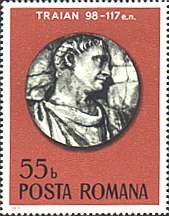 |
The Epoch of Dacs and Romans on Romanian Stamps |
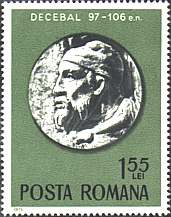 |
 |
The Epoch of Dacs and Romans on Romanian Stamps |
 |
History would be an excellent thing if it were true
Lev TolstoiWe know that over 2000 years ago there was a people living on the actual territory of Romania, mainly in Transylvania and Oltenia, named the Dacs. They where organized in a kingdom and where ruled by a warrior king named Burebista. This king practiced what all other tribes tried also, i.e. invasions on the territory of the richest country of that time, the Roman Empire, and forced its population to "share" with him and with his fighters their most precious goods. The Romans reacted, but they lost some battles, being ruled at that time by a weak emperor named Domitian.
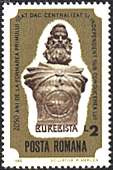 |
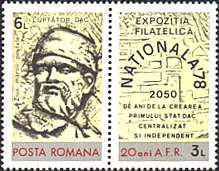 |
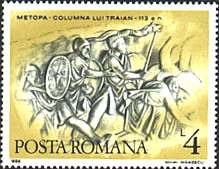 |
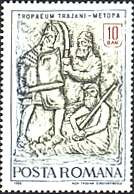 |
This worked a certain time, but all changed when an young and ambitious Roman emperor, named Trajanus, decided to stop the bleeding. A first war (101-102 AD) between the Dacs, then lead by their king Decebal (Decibalus), and Romans ended by a defeat of Dacs and a peace treaty that foresaw the destruction of Dacs' fortresses and a Roman supervision of the Dacs' territory.
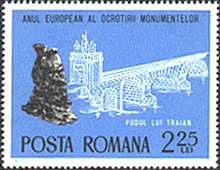 |
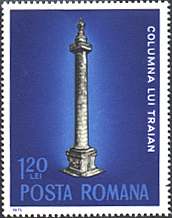 |
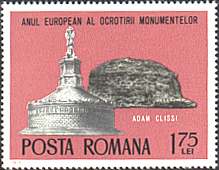 |
Decebal quickly reconstructed the destroyed fortress and found new allies among Romans' enemies. For this reason Trajanus started a second war against the Dacs (105 - 106 AD). A Greek architect, named Apollodor of Damascus, built for the Roman troops a bridge over the Danube at Drobeta (today Turnu Severin), considered a technical miracle of that time.
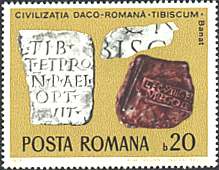 |
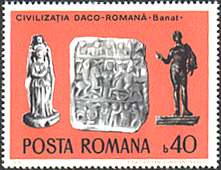 |
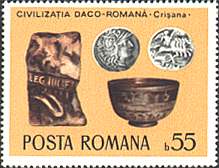 |
After terrible battles the Roman legions won the war and entered in Sarmizegetusa, the capital of Dacs kingdom. The King Decebal committed suicide, avoiding being brought to Rome as a slave in the triumphal procession of Trajanus. The territory was renamed Dacia and it was ruled as a Roman colony. Colonists were brought from the whole Roman empire, in order to replace the populations that died during the war. In a short time the colony became very prosperous, and it will be known under the name of Dacia felix (the Happy Dacia).
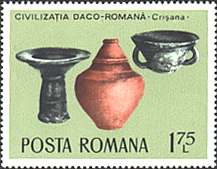 |
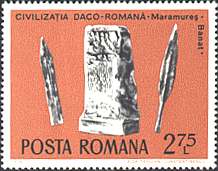 |
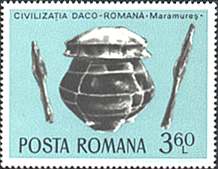 |
We have many information about the wars between the Romans and the Dacs thanks to the victory column build by Traianus after the war (Columna Traiana, located in Rome), one that survived by a miracle during two millenniums.
This old history gives a first explanation why there is a population in the North of the Danube river that speaks for centuries a language derived from Latin, and this despite of being surrounded by populations that all speak Slavic languages (with the exception of Hungarians, who speak a language related to Finnish). If you are interested in more information about the stamps shown above and about their relationship with the history of Dacs and Romans, in IE please move the mouse pointer over them and read the text that appears in the pop-up window.
We show below an Italian maximum card that displays quasi in full the Trajan's Columns and the landscape surounding it. Atop the monument is placed a 16th century statue of St. Peter, that doesn't appear on this maxicard.
Note. The ironic jest of the Russian writer Lev Tolstoi, put as a motto of this page, doesn't refer the the history told above, this one being generally accepted, but to its continuation. We know for sure that in 271 AD the Roman Emperor Aurelianus decided the evacuation of Dacia, because his army couldn't protect anymore a colony located so far away from Rome. About what happened afterwards with the population living on this territory, different historians hold different opinions, that (too) often depend on their political and national views and sympathies. These quarrels are fortunately of a lesser important for us, the stamp collectors.